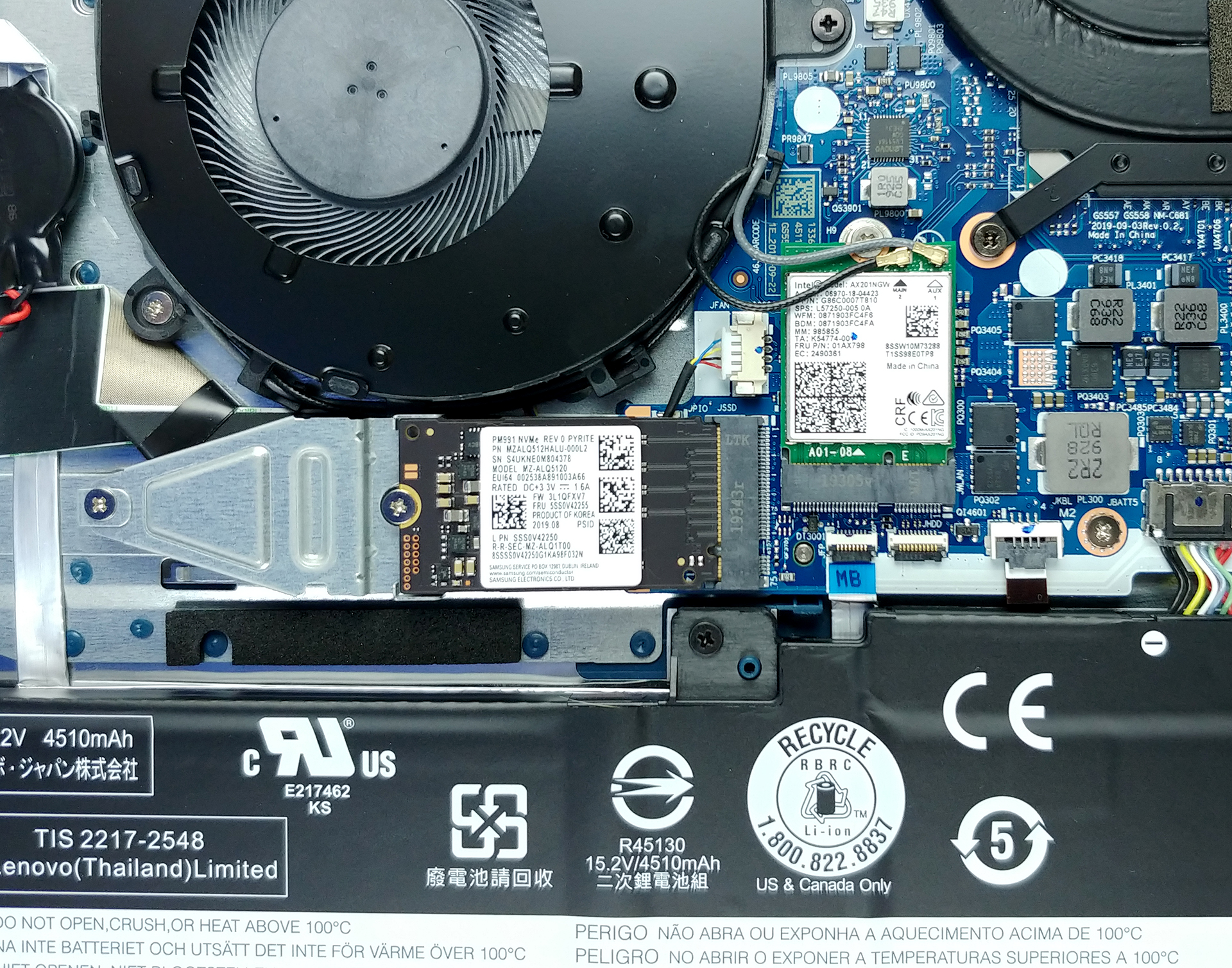
#Cpu and gpu temperature monitor windows 10 Pc
Your PC is pretty great at regulating its own chassis temperature, and if your components were really getting too toasty, you'd know about it before any harm was ever done. Though now when I've got a good view of what's going on there, I let sleeping dogs lie after that. When I swap a component out, sure, I'll check the new kit is working as intended, and if I swap my PC case I'll keep an eye on temperatures. Nowadays, I tend to monitor my PC a little less. I used to be really obsessed with checking my temperatures and fan speeds, like annoyingly into it, and while I'm sure not everyone is going to want to to check their PC temps mid-game, I sure did. Now onto my second recommendation: maybe you don't always need to keep an eye on your PC's every electrical action.
#Cpu and gpu temperature monitor windows 10 install
That is a bit of an all-in-one open RGB control app that not only simplifies the many apps you have to install and keep up-to-date, but also allows you to then ditch the proprietary monitoring software for something simpler. Though you might find you can get the same functionality from third-party tools such as OpenRGB. So sometimes you're a bit stuck with one of them.Įven I'm stuck with a few of them and I'm not all that pleased about it.
Those added extras are normally always to do with proprietary lighting or features on the manufacturers products that you might not be able to control easily elsewhere.

Using the command-line tool netsnmp you can walk the SNMP tree like so: snmpwalk -v 2c -c public 127.0.0.1. There are tons to choose from, every manufacturer has one, basically, but they all achieve something along the lines of system monitoring with a few added extras along the way. determine which OIDs are pertinent to your hardware (either using SpeedFan or vendor specific MIBs) use an SNMP tool to perform an SNMP walk or an SNMP get to fetch the relevant SNMP data. Though what I've never been a fan of are the all-in-one manufacturer specific system monitoring tools, and that's why you won't find me recommending any here today. HWMonitor is fast, simple, logs all the information you could need out of it, and keeps track of every PC vital stat you could reasonably be after. That helps when you're doing some actively to the system and wish to monitor the impact those changes have in real-time. While it's effectively more of the same by way of monitoring, the handy GPU overclocking tools and live graph presentation really aid in easily understanding the monitoring data presented to you over time. I'd also like to give an honourable mention to the old hand that is MSI's Afterburner software.

The built-in tools Performance tab offers a lot of data nowadays without the need for any third-party tools, and it'll even report your graphics card's temperature. Sure, it took 24 years, but it’s here now Sure, it took. Another system monitoring tool worth mentioning, and in keeping with the spirit of minimal fuss, is Windows' own Task Manager. Microsoft finally answered our prayers with the Windows Update, adding a GPU temperature monitoring tool in the Task Manager.


 0 kommentar(er)
0 kommentar(er)
